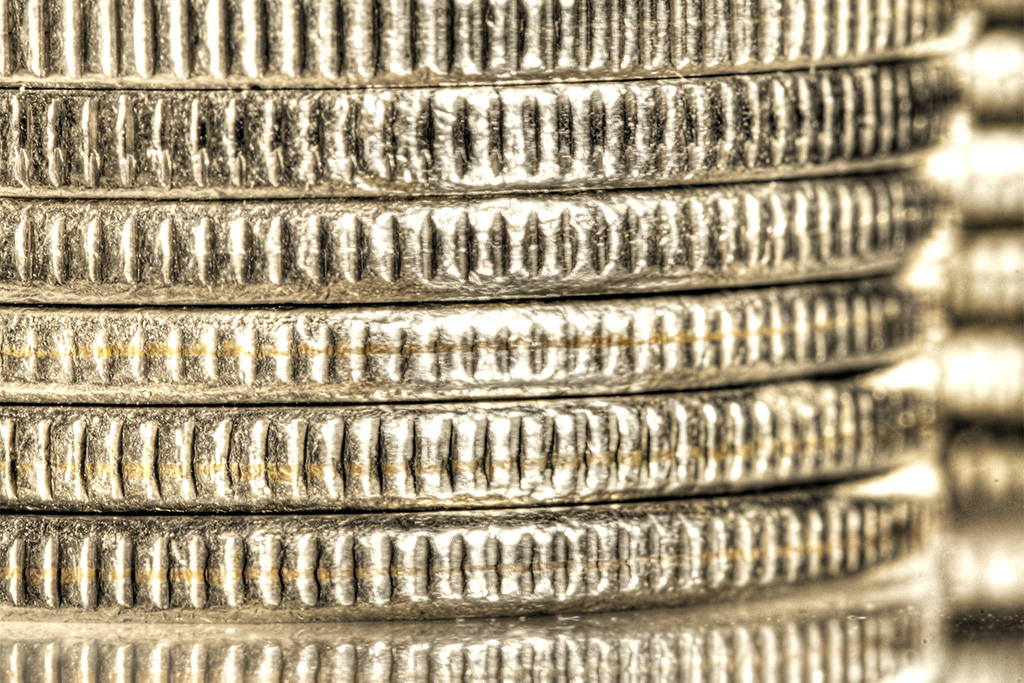At riksgalden.se, we use cookies to improve your experience on our website and to collect statistics. We also use cookies for analyzing to improve our website. More about cookies.
Central government debt
Central government debt acts as a shock absorber in the economy. It pairs upturns and downturns in economic activity and enables stable tax rates and thus better efficiency.
Central government debt
2025-05-30
1 105 757 257 879 SEK;
Statistics on Sweden’s central government debt
How do we measure the central government debt?
The central government debt is the debt that the central government has incurred in years when expenditure has been greater than revenue. There are several ways to measure central government debt.

What determines the size of the central government debt?
The size of the central government debt is primarily influenced by policy decisions and macroeconomic developments.
News and Press Releases about the Central Government Debt
Surplus for Swedish central government in May 2025
Swedish central government payments resulted in a surplus of SEK 51.5 billion in May. The Debt Office’s forecast was a surplus of SEK 50.1 billion. The difference is mainly due to lower net lending.
Deficit for Swedish central government in April 2025
Swedish central government payments resulted in a deficit of SEK 42.2 billion in April. The Debt Office’s forecast from November last year was a deficit of SEK 27.7 billion. The difference is...
Deficit for Swedish central government in March 2025
Swedish central government payments resulted in a deficit of SEK 4.6 billion in March. This was in line with the Debt Office’s forecast from November last year.
Surplus for Swedish central government in February 2025
Swedish central government payments resulted in a surplus of SEK 74.0 billion in February. The Debt Office’s forecast was a surplus of SEK 60.9 billion. The difference is mainly due to higher tax...
